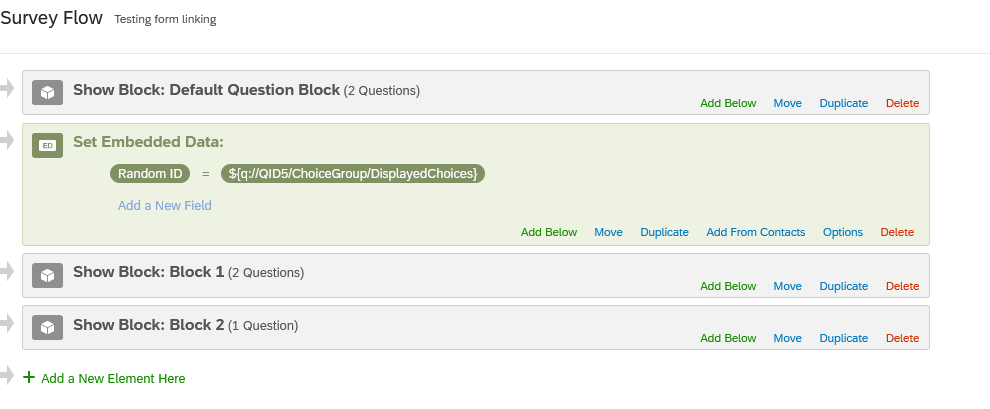For my master thesis, me and my colleagues will visit multiple colleges to have the students complete a survey. The students will have been informed about the survey beforehand and time normally spend on lectures has been reserved for them to participate. We decided to be there in person, so students could ask any questions directly, and to confirm only the intended student population will fill in the survey.
Next to the digital survey on Qualtrics, we will have student fill in a paper consent form. I've been told a digital consent form is not an option for us. This means I need a system that will link each consent form to the participant's data. If, for instance, one participant decides she doesn't want us to use her data after all, we'd have to know what data to remove.
My idea was to print unique codes on the consent forms and have the first question of the survey ask participants to fill in that unique code. While this would work, a simple typo would ruin the link and thus make that data unusable.
Ideally, I'd have the survey check a database for each unique code. For instance, if i generate 200 four-digit codes, chances are a typo would result in an error ("code not in database") and the participant would double check the code.
Perhaps I'm overthinking this, but if there is a system similar to this I'd like to implement it!
Best answer by Mishraji
View original


